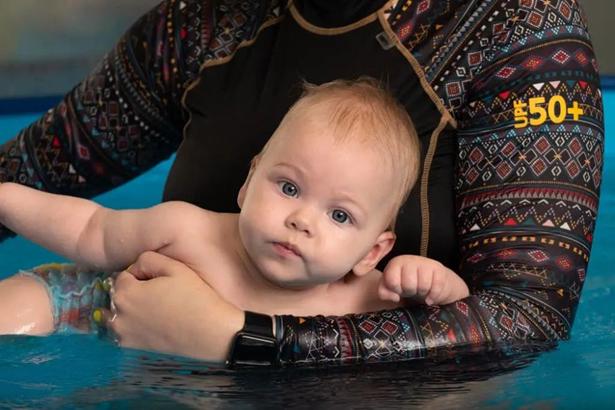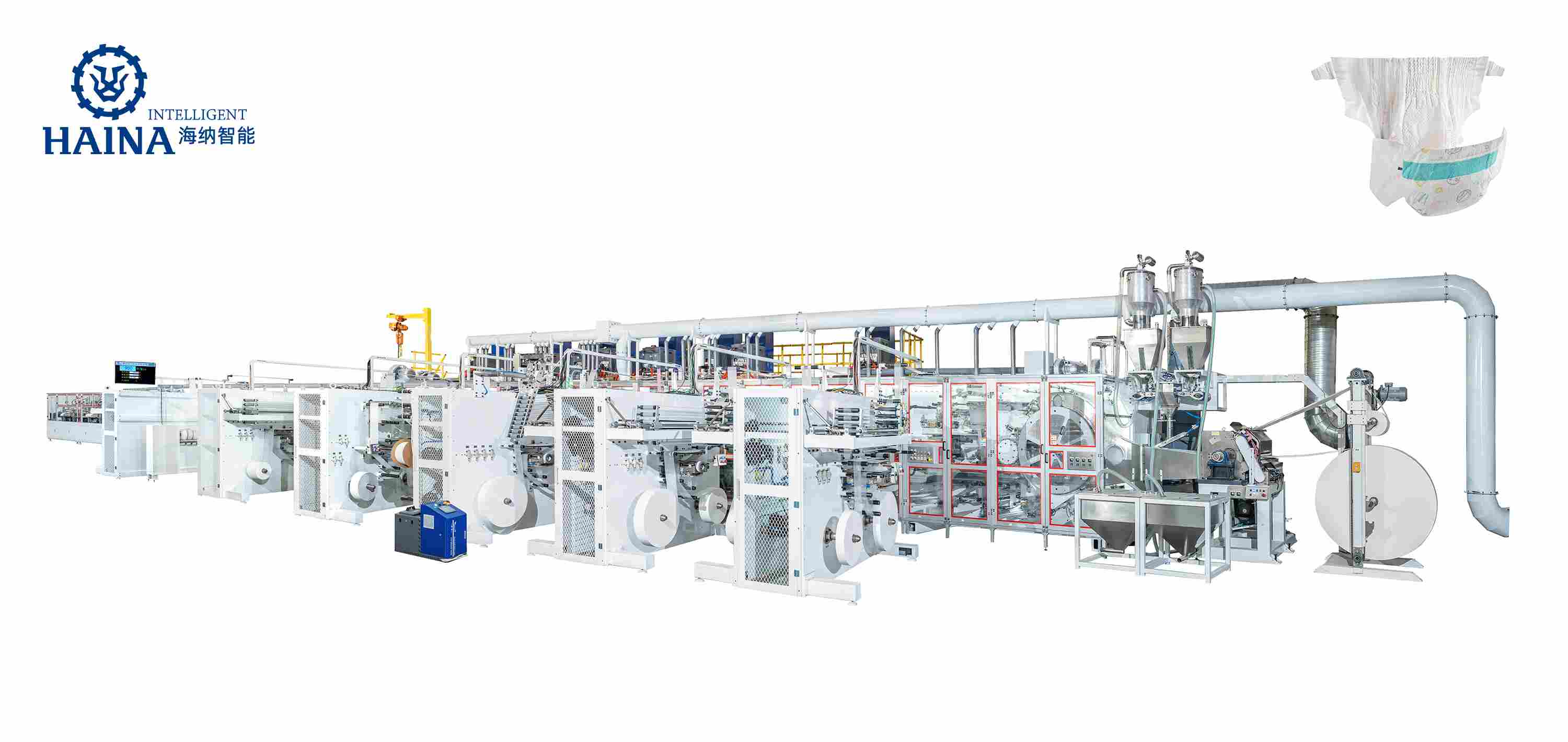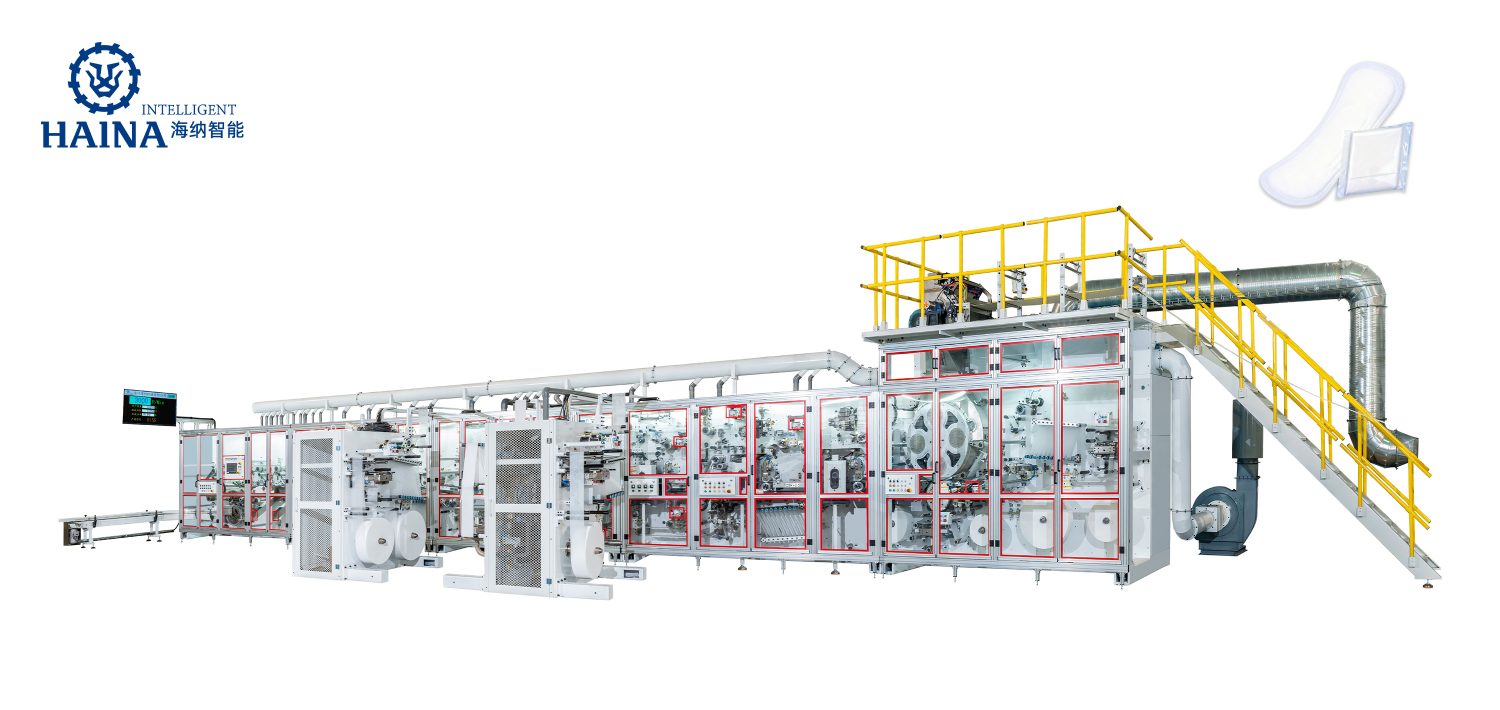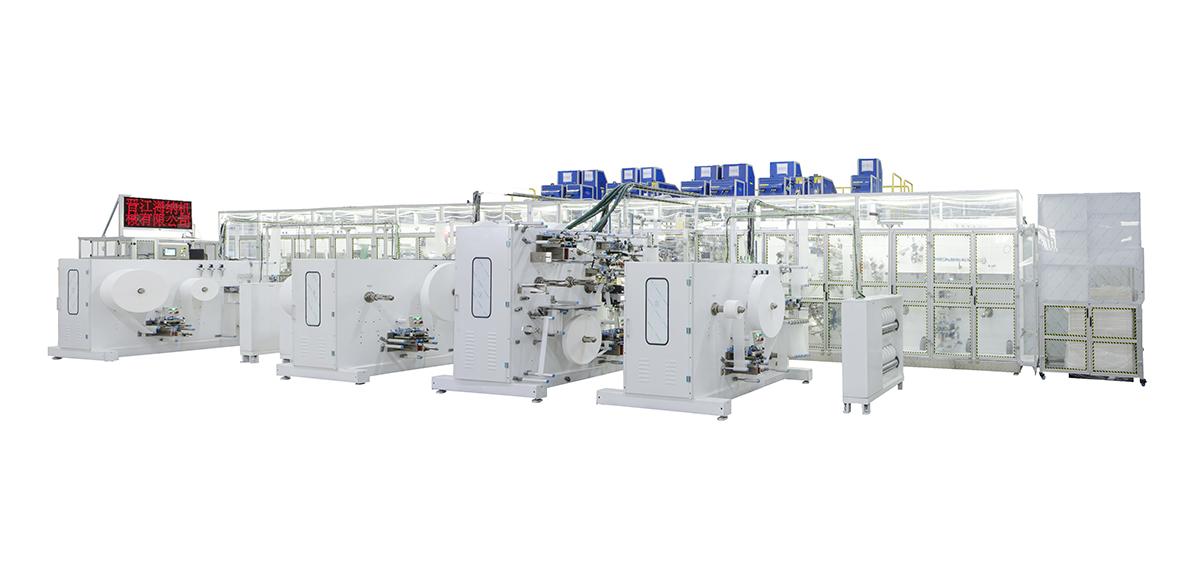While the COVID-19 pandemic has led to a drop in birth rates that has dampened consumption growth for diapers and pull-up pants in developed countries, increased hygiene and product awareness, as well as the expansion of branded categories, continue to drive per capita consumption in developing markets. Liying Qian, a senior analyst at Euromonitor International, said that from this year, as the world gradually emerges from the epidemic crisis, people's fear of going to the hospital will decrease, and the vaccine delivery rate will increase, and the birth rate is expected to be higher. will rise. Taking Nigeria as an example, the country is expected to achieve absolute high growth in the number of live births by 2025, which will further expand the consumer base of diapers, which includes a $47.3 billion market.
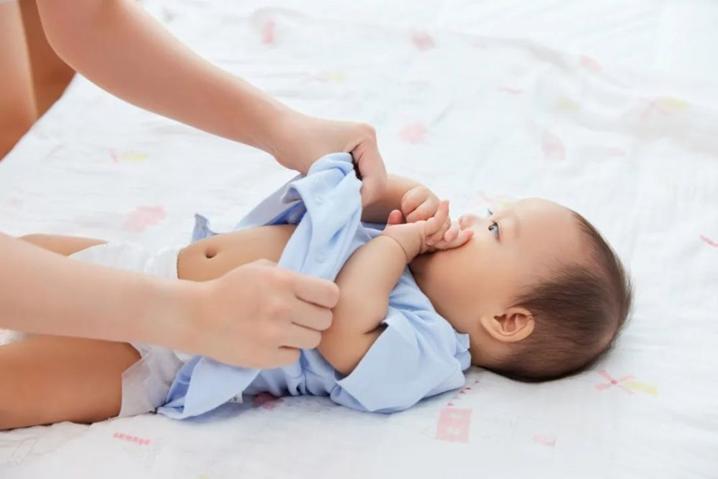
With birth rates projected to rise, diaper buyers (mainly millennials and Gen Z parents) are looking for sustainable, high-quality ingredients. According to Natalia Richer, global consultant for diapers and absorbent hygiene products at Diaper Testing International (Diaper Test), hemp fibres will be a growing trend in absorbent hygiene and wipes, And bast fiber technology companies will lead the transition to sustainable nonwovens. Bast Fibers - Design non-woven products 100% with bast fibers, using high biomass annual crops and avoiding wood pulp sources to eliminate plastic pollution and deforestation.
Plant-based feedstocks, such as bio-based plastics, or those made from renewable resources, such as plant-based ethanol, to replace non-renewable petroleum, will be another growing trend for diapers. In the coming years, other plant-based ingredients, such as viscose and cotton blends derived from bamboo, will also see their way into the application of absorbent hygiene products or fabrics.
In terms of water absorption, diaper manufacturers such as Ontex, Drylock, Abena and Essity have added water absorption channels to the core of the diaper, as reflected in the latest diapers in Europe and the United States.
"As a global consultant for diapers Testing International, I was able to see thousands of diapers around the world and have a unique perspective to touch, see and test all the latest diapers, including many prototypes, ' said Richie. "The main trend I've seen in diaper design is to focus on absorbency. The result is usually thinner diapers with better pad integrity and helps distribute urine quickly."
Price Hanna, managing partner at Price Hanna Consultants, agrees. Manufacturers are producing diapers that differ in channel and core design to produce more efficient fluid distribution and a dry finish for long-term absorption without adding more raw materials, she said.
Lightweight, comfortable, leak-proof diapers
Ontex Group introduced Climaflex technology in early December last year, which the company billed as the "next generation" diaper core. It is particularly thin and breathable because it is comfortable and does not compromise water absorption, even for fast-moving babies. Water absorption is also advanced. The Climaflex technology, developed jointly by Ontex engineers and a German R&D team, was first released under Ontex's Little Big Change brand in Austria, Belgium, France, Germany, Luxembourg and the Netherlands. It will also roll out across all retailers' diaper brands.
It is reported that Ontex's Climaflex technology allows heat to be transferred across the entire surface of the diaper, ensuring breathability and thermal regulation to keep baby's skin fresh and dry. This diaper has a two-layer core: the first layer attracts fluids quickly, while the second layer quickly locks them in despite the fluidity of baby urine. What's more, regardless of the baby's gender, the diaper's absorbent channels are designed to handle the areas where fluid absorption and distribution are most needed. From the urine spot in the center and elsewhere, fluid can quickly enter and be distributed through branches that provide a dry core of the duct. In addition, Climaflex technology provides a lighter core and smart flex lines for a comfortable and safe experience for your baby.
Annick De Poorter, executive vice president of innovation and sustainability at Ontex, said baby skin comfort and prevention of leakage were key purchasing drivers.
Diapers with natural organic ingredients
Euromonitor Qian added that they have seen a growth boost for diapers from cleaner, more sustainable materials over the past five years. While these types of diapers are more expensive, Qian says spending a few dollars on high-quality diapers with natural, organic ingredients like shea butter to provide extra moisture to baby's delicate skin is worth it for both mother and child .
In the case of Procter & Gamble (the diaper brand Pampers), such high-quality diapers can prevent diaper rash, while cheaper diaper products without natural and organic ingredients may add extra burden to parents because they will spend more. Money is in creams so that babies don't feel bad.
Nighttime leak-proof, toilet diapers
According to Euromonitor, an increasingly hectic lifestyle coupled with rapid urbanization continues to push convenience-hungry parents to use disposable diapers or training pants to prevent leaks and potty train. Specifically, infant swimming and nighttime protection needs resonated with high-income parents and encouraged them to make additional purchases.
From a sales perspective, major new product launches such as Kimberly-Clark's plant-based Pull-Ups New Leaf training pants and P&G's Pampers Ninjamas night underwear are gaining popularity.
Similarly, Unicharm launched Lifree absorbent pants in Southeast Asia in 2020. There are three sizes of elastic band diapers that can be pulled up and down like underwear without sagging while providing the best leak protection.
sustainable diapers
Cloth diapers are on the rise and are gaining popularity among millennial and Gen Z parents, according to Euromonitor International's database of global market information.
Dorabe is the first brand in Vietnam to offer machine washable cloth diapers. Consumer acceptance of Dorabe has grown over the past few years, due in part to influencer endorsements and promotions, and has expanded into the U.S. and European markets. While appealing to low-income and environmentally conscious parents (saving buyers 70% of their diaper spending), the inconveniences and hygiene deficiencies associated with cleaning diapers are expected to limit its popularity.
Meanwhile, Pampers' Pure Protection Hybrid diapers are partially reusable, combining a soft, reusable cloth cover with a disposable insert with Pampers' reliable leak protection to lock in wet conditions for long periods of time. up to 12 hours.
Data from Pampers shows that parents can reuse cloth diaper covers before washing, a move that saves an average of 270 gallons of water per year compared to traditional cloth diapers. Continue to use cloth diapers









